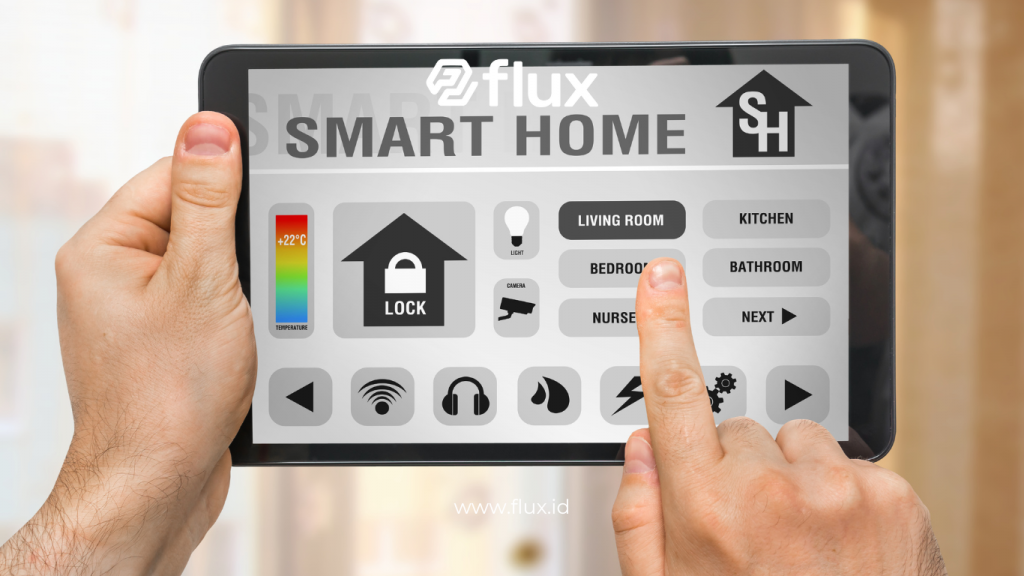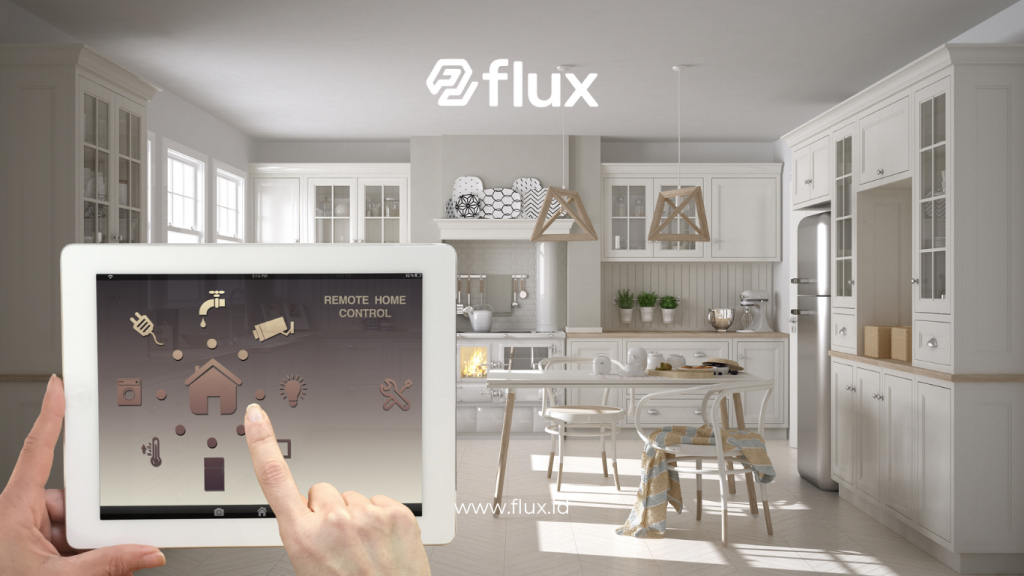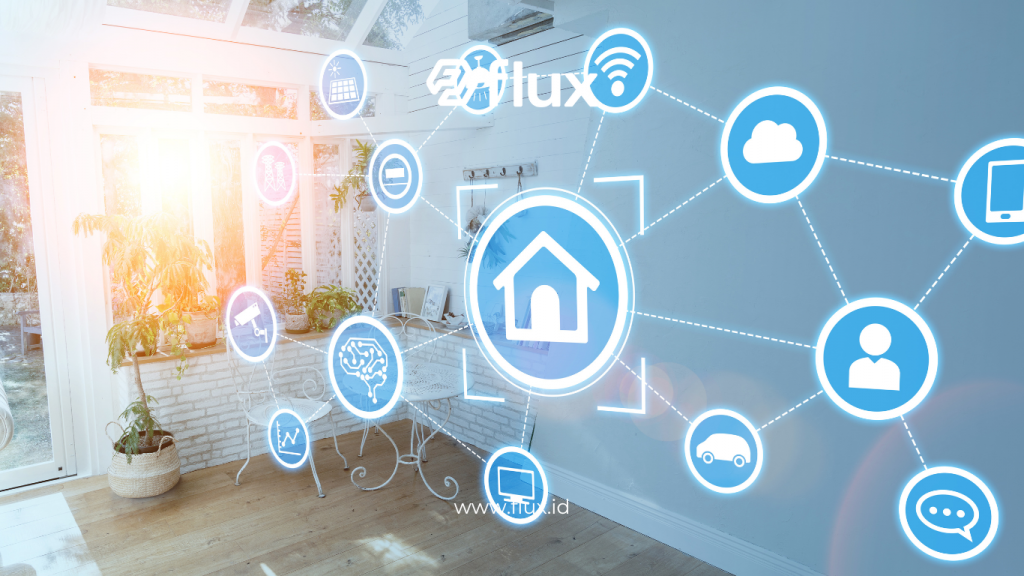Don't miss our holiday offer - 20% OFF!
Technological advancements have brought the concept of “smart homes” to life, powered by the Internet of Things (IoT). With interconnected smart devices, a home is no longer just a place to live but an interactive and innovative space. This article will explore how IoT creates convenience in every corner of the home and why the smart home concept is becoming increasingly popular.
Contents
What is IoT and Smart Homes?

Read More: Optimizing Your Home: How IoT is Transforming the Smart Home Concept
The Internet of Things (IoT) is a concept where devices can connect via the internet, share data, and communicate with each other without human interaction. In a smart home context, IoT enables home appliances—such as lights, thermostats, door locks, and security cameras—to be accessed and controlled remotely through smartphones or computers.
Key Benefits of IoT in Smart Homes
- Comfort and Convenience
IoT lets you control devices in your home anytime, anywhere. For instance, you can turn on the lights or set the AC before you arrive home. - Energy Efficiency
This technology enables automatic settings to save energy. Smart thermostats, for example, can learn household habits and adjust the temperature automatically. - Enhanced Security
Smart home security systems, such as cameras and motion sensors, provide instant notifications if suspicious activity occurs, helping residents feel safer. - Increased Property Value
Smart homes are increasingly in demand, especially among tech-savvy younger generations, potentially raising the home’s resale value.
IoT Technology in Every Corner of a Smart Home

Read More: Easily Manage Your Home: IoT as a Smart Home Solution
Below are several IoT-based devices that play a crucial role in bringing innovation to every room of the house.
1. Living Room: Smart Entertainment and Lighting Systems
Integrated entertainment systems powered by IoT deliver a superior viewing experience. Devices like smart TVs can be voice-controlled, while smart speakers provide clear sound. With smart lighting, you can change the room’s ambiance with a voice command or app.
2. Kitchen: Smart Appliances
The kitchen becomes more functional with smart appliances. Smart refrigerators can notify you when supplies are low, and smart ovens can be set remotely. These devices not only improve efficiency but also make meal preparation more convenient.
3. Bedroom: Thermostat and Security Systems
In the bedroom, a smart thermostat allows you to set the ideal temperature, ensuring better sleep. Security devices such as smart locks and surveillance cameras can also be accessed remotely, ensuring 24/7 security.
4. Bathroom: Water Savers and Smart Mirrors
Water usage becomes more efficient with smart faucets and showers that automatically detect water needs. Smart mirrors in the bathroom can display weather updates or the latest news while you get ready in the morning.
5. Garage and Outdoor Areas: Sensors and Extra Security
In the garage, automatic door sensors make opening and closing the door easy. Outdoors, motion sensor lights provide automatic lighting, enhancing security.
How IoT Shapes the Future of Smart Homes

Read More: Smart Home 101: Implementing IoT to Enhance Quality of Life
IoT-based smart homes continue to evolve, opening up new opportunities to improve quality of life. Some trends that are expected to dominate include:
- AI Integration in Smart Homes
Artificial intelligence (AI) enables devices to learn user habits, providing a more personalized experience. - Better Device Compatibility
Manufacturers are now working to enhance compatibility among smart devices from various brands, making smart home management easier for users. - Data-Driven Efficiency Improvements
IoT enables data collection from smart devices to optimize energy use and increase home efficiency. - Enhanced Security and Privacy
With more connected devices, security and privacy concerns are at the forefront, encouraging the development of more secure systems.
Challenges in Applying IoT in Smart Homes

Read More: IoT Application in Smart Homes: Optimizing Comfort and Security
While there are many benefits, there are also challenges in using IoT in smart homes, including:
- High Initial Costs
Many IoT devices have relatively high prices, which may be a barrier for some users. - Security Concerns
Every device connected to the internet has a security risk. It’s essential for users to choose secure devices and manage access carefully. - Complex Setup
Some devices may require complicated configurations. Therefore, good user support from manufacturers is essential.
Conclusion
IoT and smart homes bring ease and efficiency to everyday life. With interconnected devices, smart homes offer greater comfort and security. However, users also need to consider security, cost, and complexity in their application. The future of smart homes looks bright, with more innovations to make every corner of your home more convenient.





